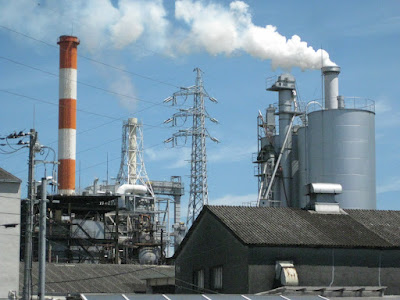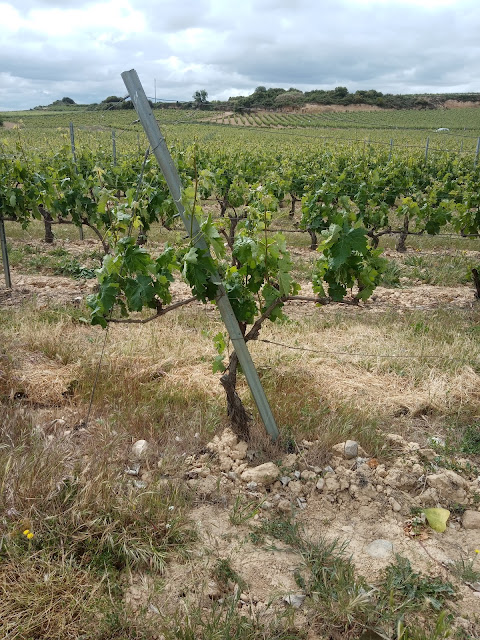I pass through a gate with a thatched roof and follow the gravel path to the water's edge, the tiny stones crunching beneath my feet as I progress. As I traverse the arched wooden bridge, a small grassy island in the centre of the lake comes into view. Stepping stones lead to another bridge, this one narrow, which zigzags its way to the opposite shore. It's a beautiful setting. Indeed, it could be a garden in Kyoto.
And yet, it couldn't quite be in Japan. For a start, the man mowing the grass is white. The colourful fish which abound in the ponds of Kyoto are nowhere to be seen. Nor are there any bamboo trees, which are so ubiquitous in gardens in Japan. Also, health and safety signs are dotted around, warning visitors that 'use of the bridges is entirely at your own risk'. This is, in fact, Britain.
Rather embarrassingly, it had taken a trip to London to learn that, a century ago, a Japanese garden was created at Cowden Castle, about 30 miles from my home in Scotland. I had attended an exhibition at the Japanese Embassy the week before my visit here, where I saw a picture of a gate which reminded me of one I had seen long ago in Kyoto, at Tenju-an, and I resolved to make the short journey.
The castle is no longer there, alas. Apparently, it was demolished in 1952 because nobody would buy it, even for £1. The garden itself suffered dreadful damage a decade later, when it was targeted by yobs. Thankfully, it is undergoing a renaissance.
One area is inaccessible: a dry garden sealed off by a kind of tripwire. It's a very attractive sight, with patterns in the gravel raked to 'reflect the ripples within the moving water', according to the official guide. A spot I particularly liked was the East Burn, where the shallow water trickles gently down from the lake, over a bed of flat stones flanked by moss-covered banks. The sound reminded me of a cat having a drink, and it brought to mind the water channels in Nikko.
Just before I left, I finally spotted some furtive orange fish just below the surface in a corner of the lake. There were very few of them, and they were far more diminutive than their well-fed cousins in the ponds of Kyoto. Were they indeed carp, I wondered, a fish which is so revered in Japan that they named a baseball team after it? The answer was yes, although only a handful graced the water at present, owing to the arrival of a heron. Hopefully there will be more of them next time.











